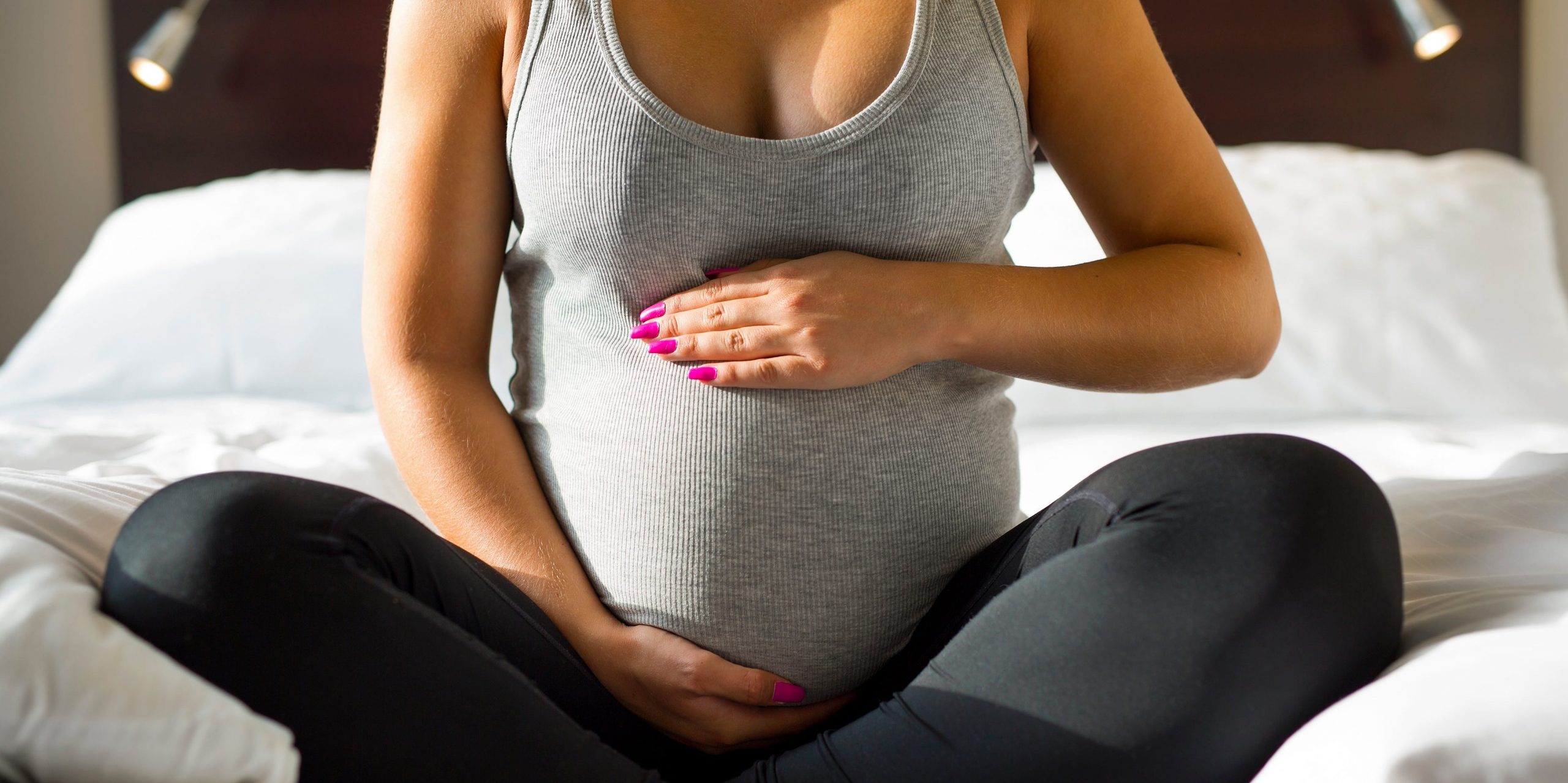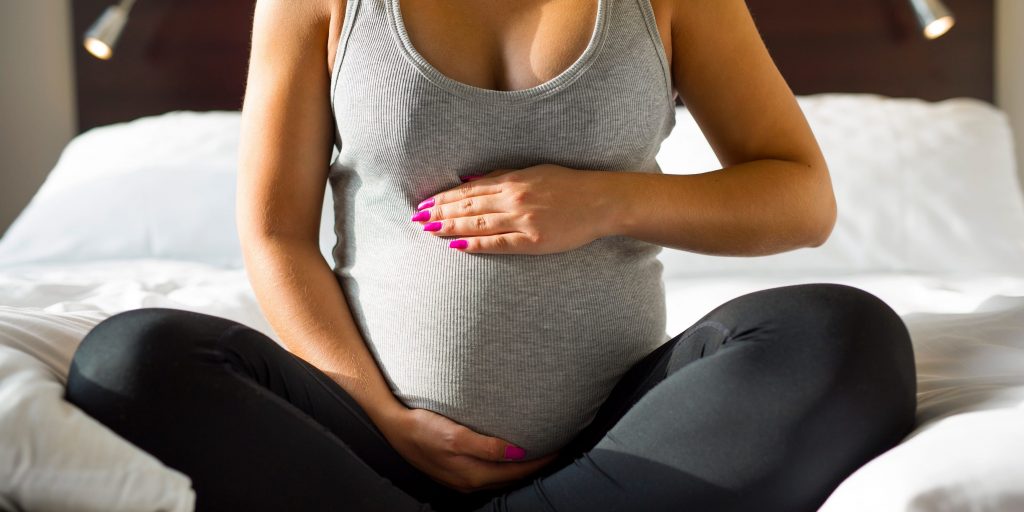
- If it's your first pregnancy, you'll probably start to show at 12 to 16 weeks.
- You'll likely show early if you're short, carrying multiple babies, or you've been pregnant before.
- By week 20, your doctor will start measuring your baby bump to track fetal growth.
- Visit Insider's Health Reference library for more stories.
Pregnancy bumps are as diverse as the babies they produce.
You start to show in pregnancy at 12 to 16 weeks
If it's your first pregnancy, you'll probably start to show between 12 to 16 weeks, around the start of your second trimester. But this initial bump is not from the baby. In fact, at 15 weeks, the average fetus is 4 inches long, or about as large as an orange.
So that "baby bump" isn't from the baby's size, but rather the expansion of your uterus.
"As the uterus gets bigger with a developing pregnancy, the loops of bowel which fill the abdomen are pushed upwards and out to the sides," says Meg Wilson, MBBS, an OB-GYN at London Gynaecology.
What causes some to show early in pregnancy?
There are a few factors that might affect when you start showing:
- Height: If you have a short abdomen, your bump will likely pop out sooner than for taller women with a longer abdomen. "Women who have a long abdomen may have more space for their uterus to develop upwards rather than outwards, which can give the appearance of a smaller bump," Wilson says.
- Weight: If you're smaller with less body fat, you'll probably show much earlier than someone with more body fat.
- Multiple buns in the oven: If you're carrying twins or multiples, you're more likely to show earlier — as early as 6 weeks. That's because your uterus will expand more to create space for the additional fetuses.
- Not your first rodeo: You're more likely to show early if this isn't your first pregnancy. "The uterus is held in position at the front by the abdominal walls: skin and muscle strength," says Wilson. "For women who have had several pregnancies, the skin and muscle become weaker and the pregnant uterus can fall forward more."
How doctors track baby bump progression
By week 20, your doctor will start measuring your fundal length — that's the distance between the pubic bone and the top of the uterus. Typically, this number should correlate with your week of pregnancy.
So, for example, if your fundal length is 25 centimeters, you should be in or near your 25th week of pregnancy.
If, however, your fundal length is too high, it could indicate growth problems with the baby, like fetal macrosomia, which is when a baby is significantly too large.
On the flip side, if your fundal length is too low it could mean restricted growth, which is when the baby isn't large enough. While not all small babies suffer from restricted growth, it's worth checking in with your maternal health practitioner if you are concerned.
Insider's takeaway
There are several factors that affect when your baby bump will start to show during pregnancy.
When it's your first pregnancy, it's common for your bump to start showing between 12 and 16 weeks. The initial baby bump is caused by the expansion of the uterus, rather than the size of the fetus.
If you have a short abdomen, less body fat, are carrying multiple fetuses, or it's not your first pregnancy, then you are more likely to show early.
Your doctor will begin measuring your fundal length by week 20. This measurement helps doctors track fetal growth.
